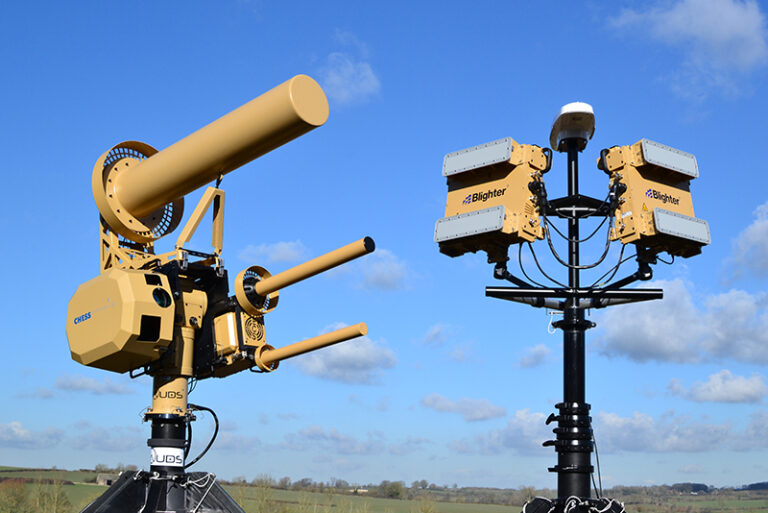Introduction
Brief overview of AUDS
The Anti-UAV Defence System (AUDS) is a cutting-edge technology designed to counter the growing threat posed by unmanned aerial vehicles (UAVs), commonly known as drones. As drones become more sophisticated and widely available, they present a new set of challenges for security and defense systems worldwide. Drones can be used for a range of potentially harmful activities, from unauthorized surveillance to the delivery of harmful payloads.
This is where AUDS comes into play. AUDS is specifically engineered to detect, track, identify, and neutralize UAVs, thereby safeguarding protected airspace from potential threats. It integrates electronic-scanning radar target detection, electro-optical tracking/classification, and directional RF inhibition capability, effectively disrupting the drone’s control channels.
In the context of modern security and defense, the importance of AUDS cannot be overstated. As we continue to navigate an era of rapid technological advancement, systems like AUDS provide a crucial line of defense against emerging threats, ensuring the safety and security of critical infrastructure, military installations, and public events. By understanding AUDS, we gain insight into the evolving landscape of defense technology and the measures being taken to counteract potential threats in our skies.
Key Terms and Definitions
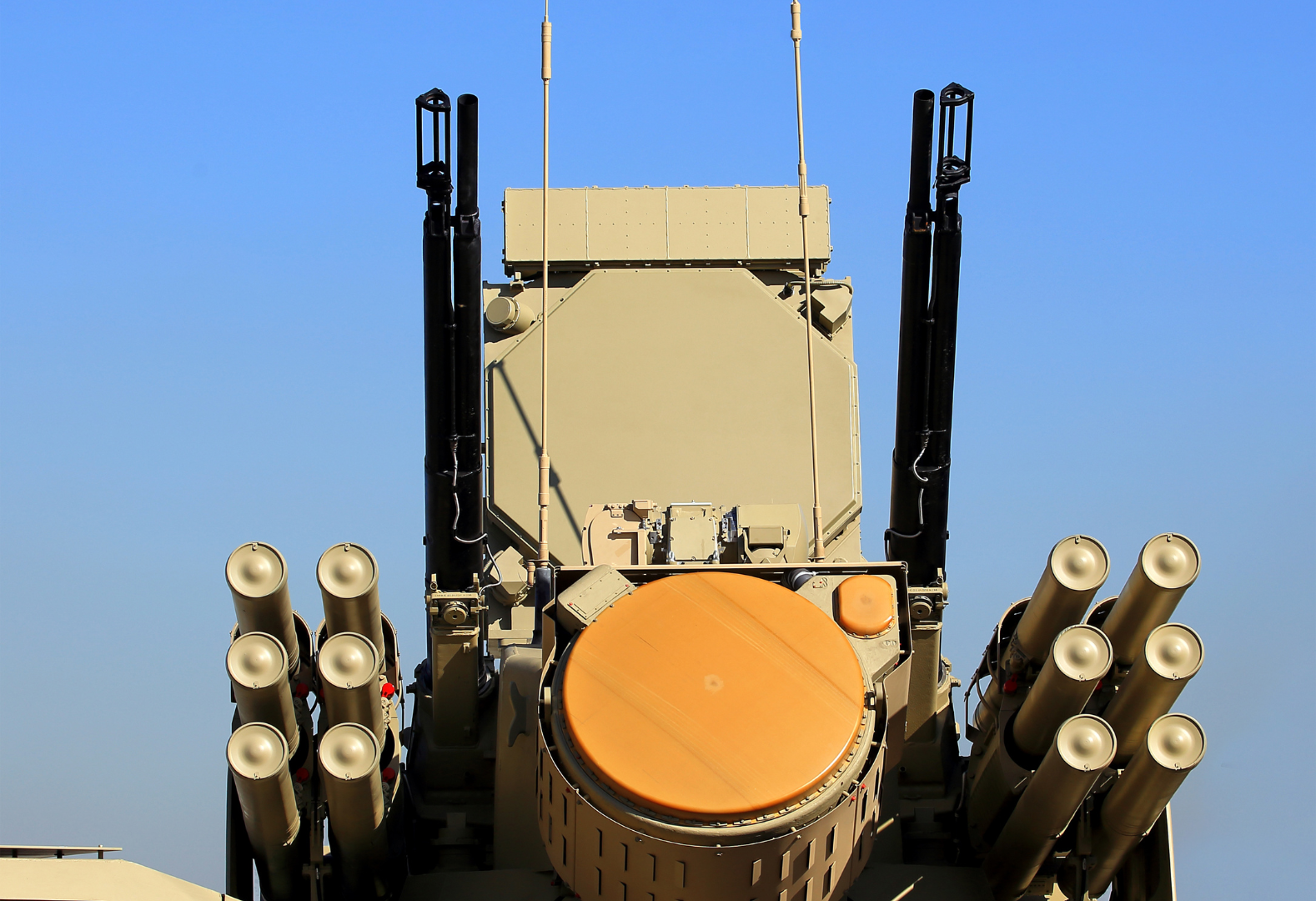
- UAV (Unmanned Aerial Vehicle): An Unmanned Aerial Vehicle, commonly known as a drone, is an aircraft that operates without a human pilot onboard. Controlled remotely or through pre-programmed flight paths, UAVs are used in a wide range of applications, from aerial photography and surveying to military operations.
- Counter-UAV Technology: Counter-UAV technology refers to systems and methods designed to detect, track, and neutralize UAVs. These technologies are used to protect airspace from potential threats posed by unauthorized or malicious use of drones.
- AUDS Components: An Anti-UAV Defence System (AUDS) typically consists of several key components:
- Detector: The detector uses radar to identify potential UAV threats within a specific range.
- Tracker: Once a potential threat is detected, the tracker uses electro-optical and infrared sensors to follow the UAV’s movement.
- Neutralizer: The neutralizer disrupts the UAV’s control channels or GPS signals, causing it to lose control and either land or return to its point of origin.
- Threat Analysis: Threat analysis in AUDS involves the identification and assessment of potential UAV threats. This process includes detecting and tracking the UAV, classifying it based on its size, shape, and flight pattern, and determining whether it poses a threat based on factors like its flight path and payload capacity.
- Neutralization: Neutralization in AUDS involves taking action to eliminate the threat posed by a UAV. This typically involves the use of radio frequency jammers to disrupt the UAV’s control signals, causing it to lose control. In some cases, physical interception methods may be used, such as launching a net to capture the UAV. The specific method of neutralization used depends on the nature of the threat and the capabilities of the AUDS.
Working of AUDS
Detection in AUDS
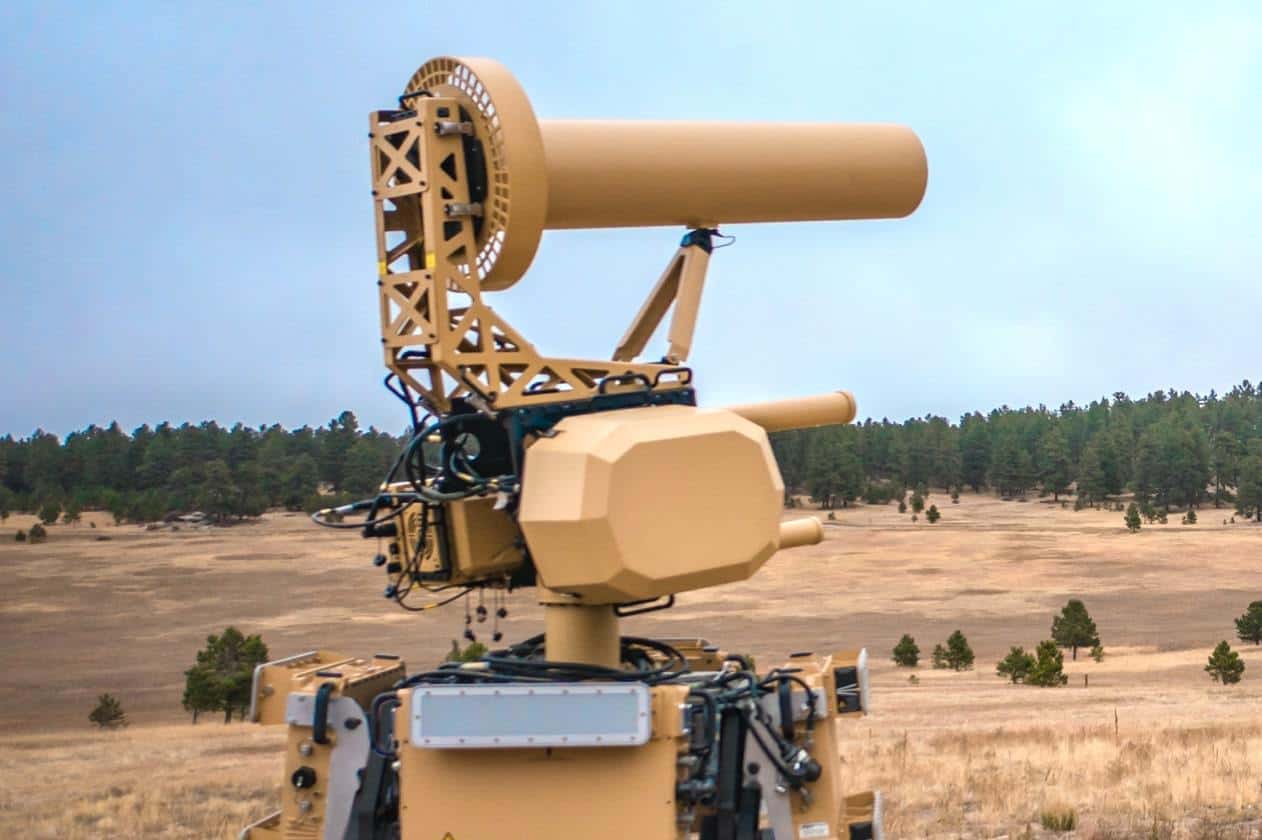

The operation of an Anti-UAV Defence System (AUDS) begins with detection. AUDS uses radar technology to scan the airspace for potential threats. The radar sends out radio waves that bounce off objects in the sky. When these waves return, the radar system analyzes the data to determine the presence of a UAV. The radar is capable of detecting UAVs at a significant distance, providing early warning of potential threats.
Tracking in AUDS
Once a UAV has been detected, the AUDS system transitions to tracking it. This is typically done using electro-optical and infrared sensors, which can follow the UAV’s movement across the sky. The tracking system monitors the UAV’s speed, direction, altitude, and other flight characteristics, providing real-time data on the UAV’s position and trajectory.
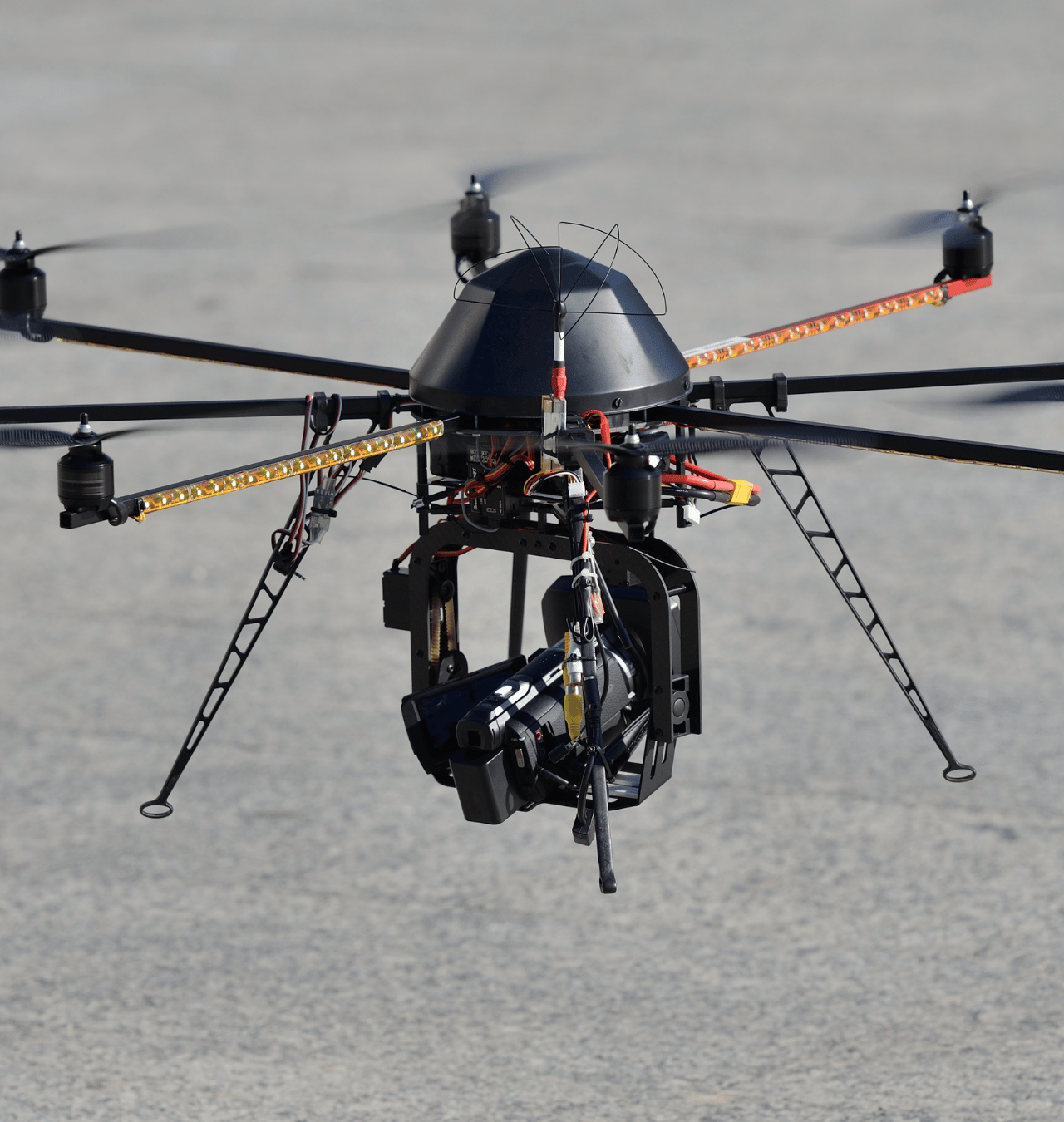
Identification in AUDS
After detecting and tracking a UAV, the AUDS system must identify whether it poses a threat. This involves analyzing the UAV’s flight pattern, size, shape, and other characteristics. For example, a UAV flying towards a restricted area or carrying a large payload may be identified as a threat. The identification process is crucial in determining the appropriate response to the detected UAV.
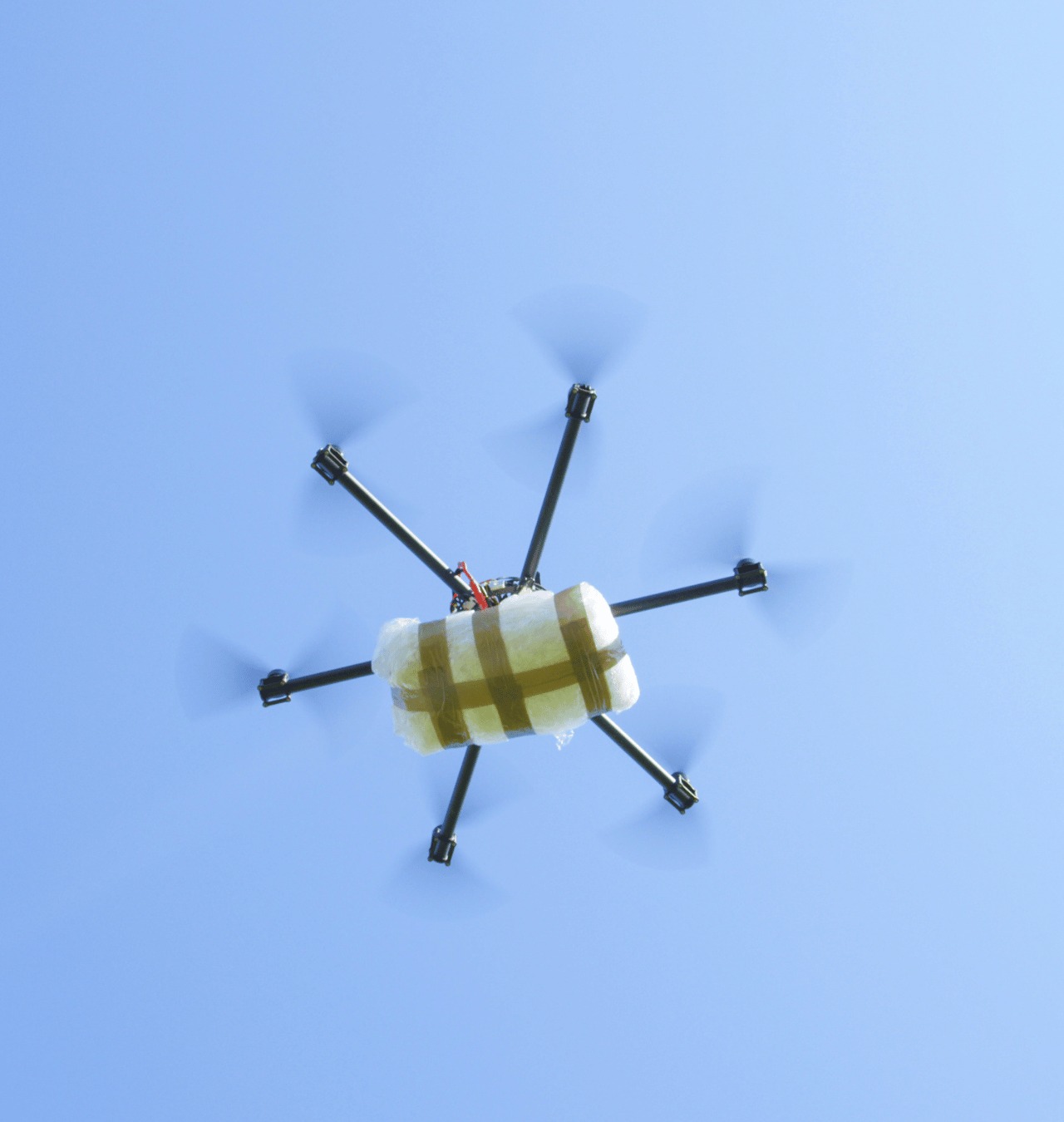
Neutralization in AUDS
If a UAV is identified as a threat, the AUDS system moves to neutralize it. This typically involves disrupting the UAV’s control signals using radio frequency jammers. By jamming the control signals, the AUDS can cause the UAV to lose control and either land or return to its point of origin. In some cases, other methods of neutralization may be used, such as physically intercepting the UAV with a net. The goal of neutralization is to safely eliminate the threat posed by the UAV without causing unnecessary damage or harm.
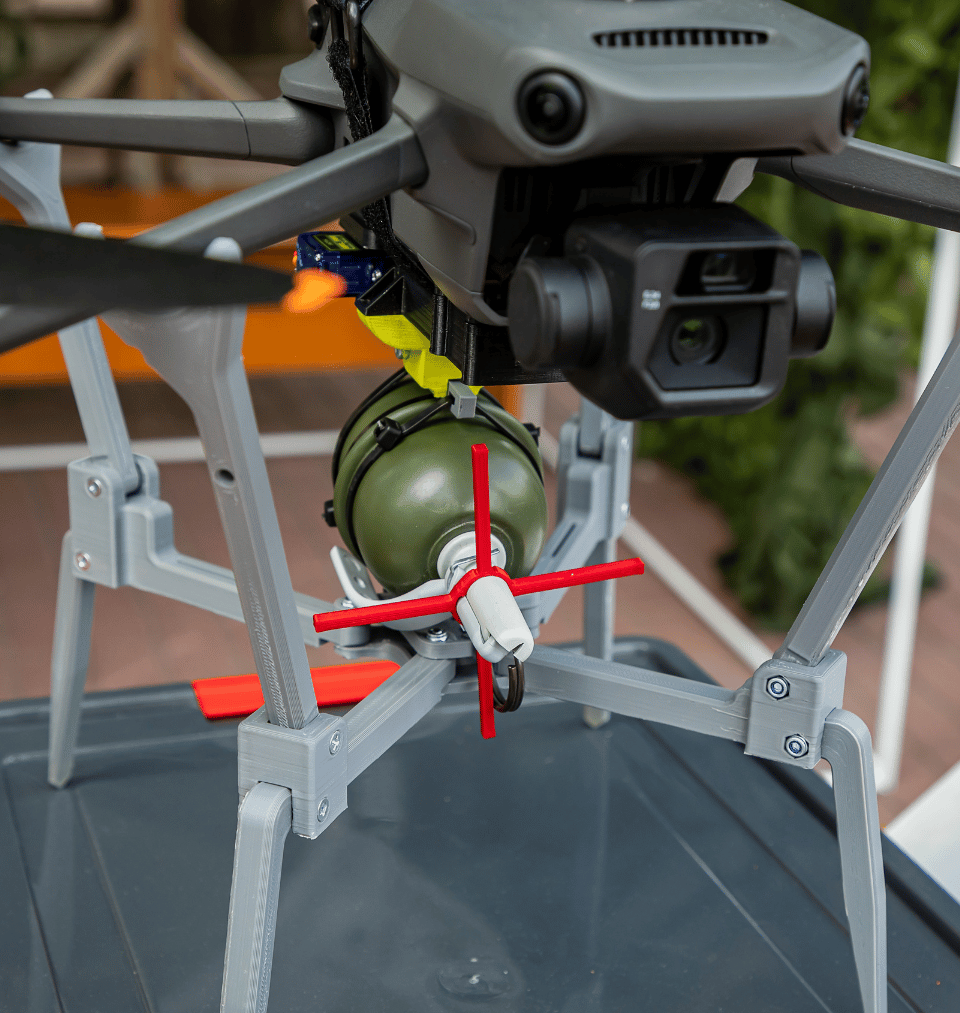
Types of AUDS
Anti-UAV Defence Systems (AUDS) come in various forms to suit different operational needs and environments. Here are some of the types of AUDS:
Portable Systems:
These are lightweight and compact AUDS that can be easily transported and set up, making them ideal for temporary installations or mobile operations. They are often used by law enforcement or security teams for events or in response to specific threats.
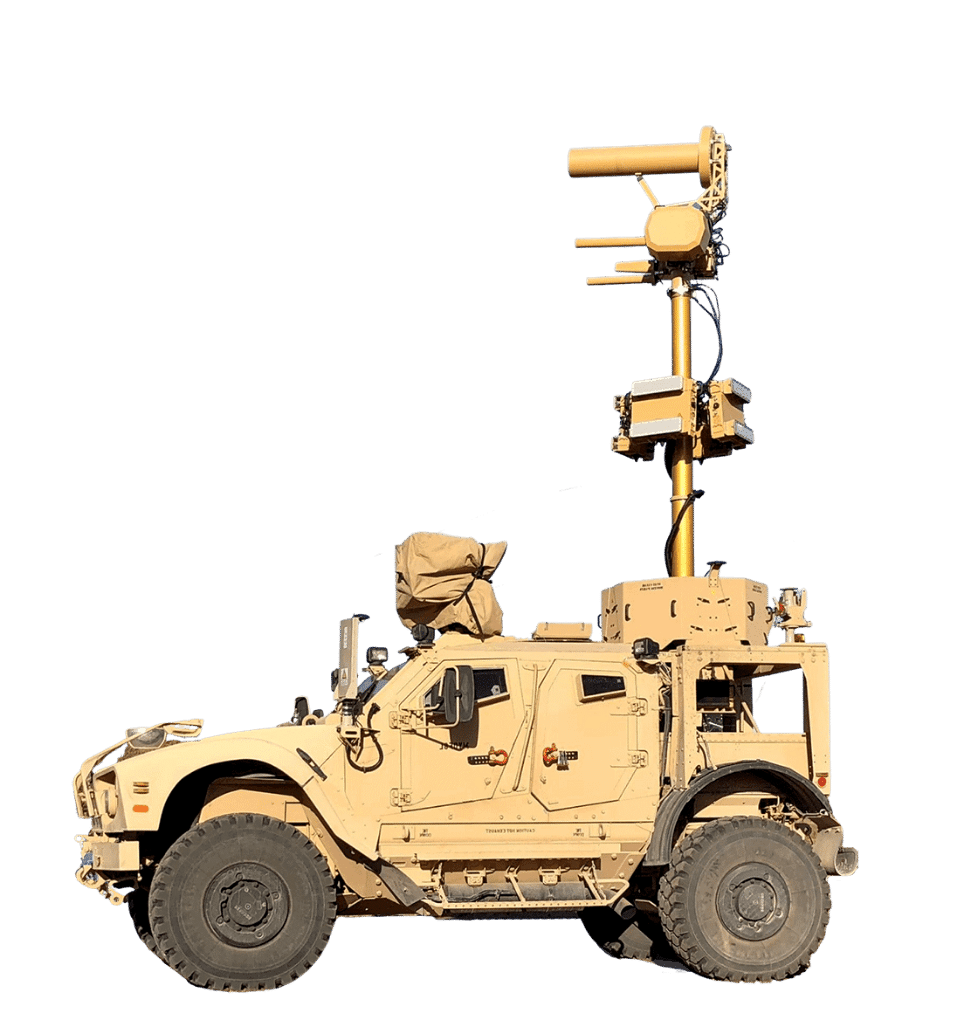
Vehicle-Mounted Systems: These AUDS are mounted on vehicles, providing a mobile defense solution that can move with a convoy or patrol. They are particularly useful in military operations or for border security.
Fixed Installations: These are permanent AUDS installations used to protect specific locations, such as military bases, government buildings, or critical infrastructure. They typically have more powerful equipment and can cover a larger area than portable systems.
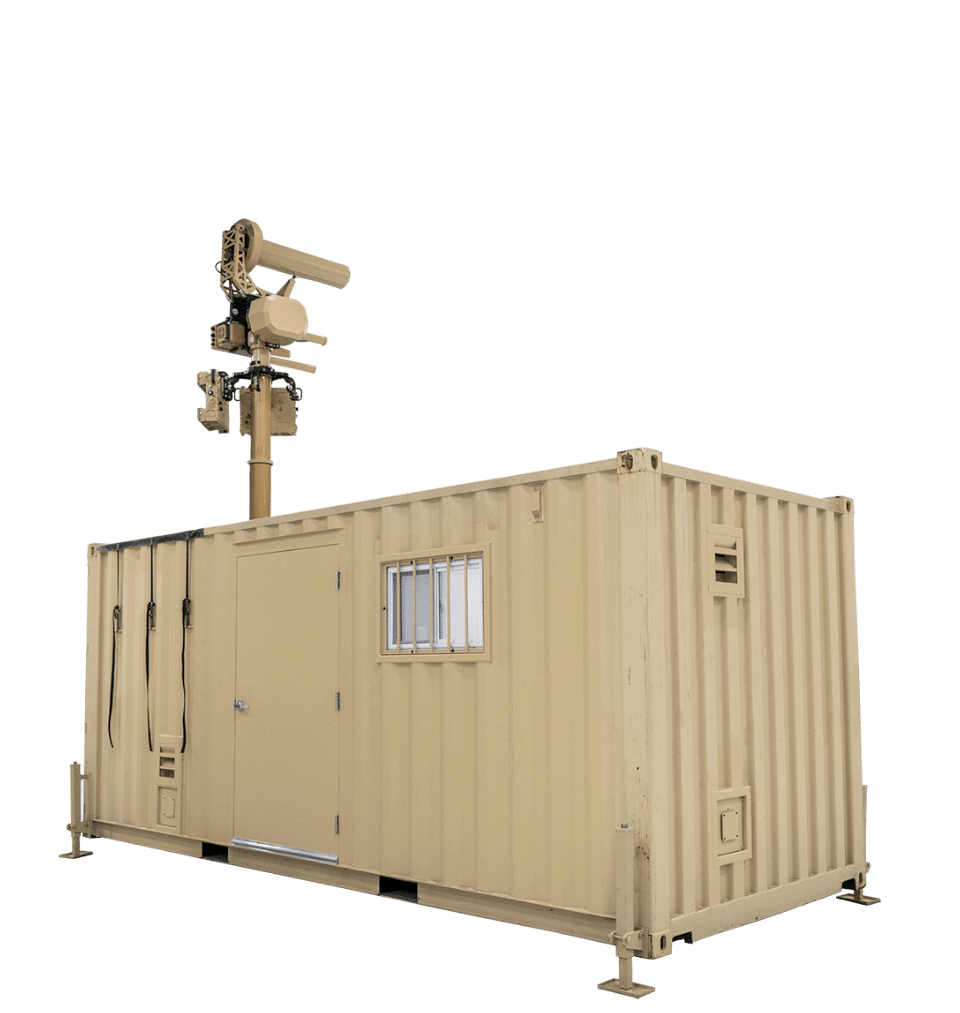
In terms of real-world applications, the US military and police forces use a variety of AUDS. For instance, the Pentagon has been directed by Congress to develop and field a counter-small UAS system, indicating the growing importance of this technology in defense strategy. Additionally, various counter-UAV technologies are used for perimeter security in military contexts.
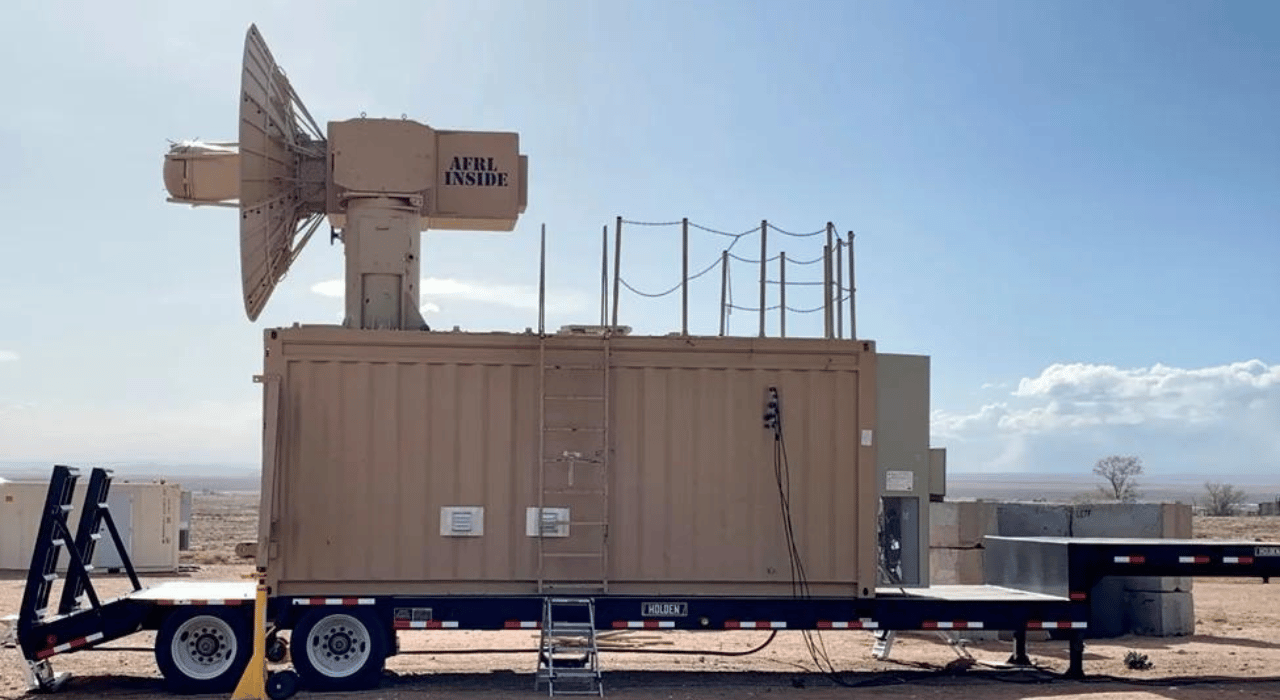
THOR Drone Swarm Defense
The Tactical High Power Operational Responder (THOR) is a counter-unmanned aerial system (C-UAS) developed by the US Air Force. It’s designed to neutralize drone threats, particularly drone swarms, using high-power microwave energy.
THOR is a containerized system, meaning it’s housed within a standard shipping container for easy transport and deployment. Once set up, it can engage multiple drones at short ranges, making it an effective point defense system against drone swarms.
The system operates by emitting bursts of high-power microwave energy. When these energy bursts hit a drone, they interfere with the drone’s electronics, causing it to lose control and drop from the sky. This method of neutralization is non-kinetic, meaning it doesn’t rely on physical projectiles, and can neutralize multiple drones almost simultaneously.
In recent tests, THOR has proven highly effective at neutralizing drone swarms. Its development and deployment reflect the growing need for effective counter-drone measures in both military and civilian contexts.
Applications of AUDS
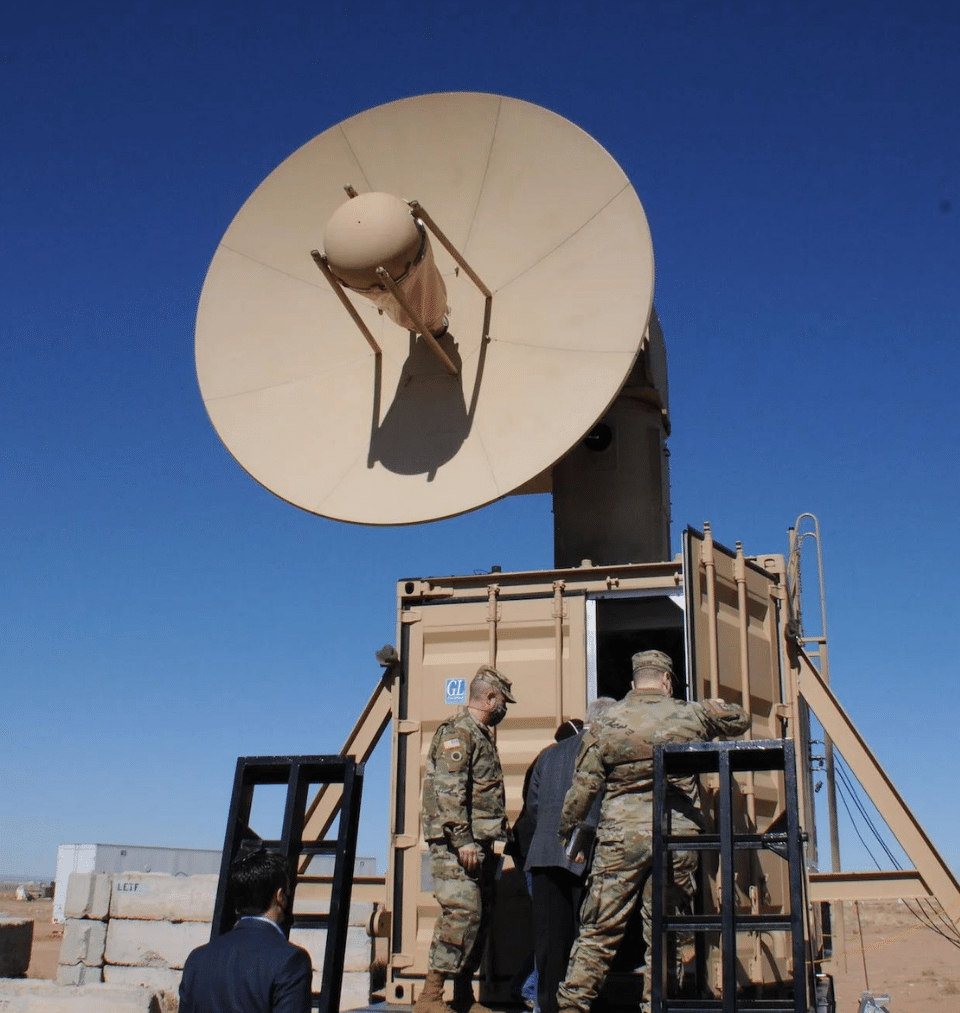
Military: In military contexts, Anti-UAV Defence Systems (AUDS) are used to protect sensitive areas and assets from potential threats posed by unmanned aerial vehicles (UAVs). This includes military bases, operation areas, and critical infrastructure. AUDS can detect, track, and neutralize UAVs that may be used for surveillance, disruption, or even delivery of harmful payloads. In addition, AUDS can be used in active conflict zones to protect troops and assets from enemy UAVs. The ability to neutralize UAVs can provide a significant tactical advantage, preventing enemies from gathering intelligence or carrying out attacks.
Civilian: In civilian contexts, AUDS has a wide range of applications. At airports, AUDS can be used to prevent disruption of flight operations by rogue drones, which can pose a significant safety risk. For event security, AUDS can be used to create a protective ‘shield’ around the venue, preventing drones from entering the airspace and posing a threat to attendees. AUDS can also be used to protect critical infrastructure such as power plants, communication towers, and government buildings from potential drone threats. In all these applications, the primary goal of AUDS is to ensure safety and security by detecting and neutralizing potential UAV threats.
Challenges and Limitations of AUDS
While Anti-UAV Defence Systems (AUDS) are a powerful tool for countering drone threats, they do face certain challenges and limitations:
- Multiple Simultaneous Threats: One of the significant challenges for AUDS is dealing with multiple simultaneous threats. While many systems can track and neutralize a single drone effectively, handling several drones at once can be more difficult. This is particularly challenging if the drones are small, fast, and approaching from different directions.
- Adverse Weather Conditions: Like many technologies, AUDS can be affected by adverse weather conditions. Heavy rain, fog, or snow can interfere with the radar and other sensors used for detection and tracking. While modern systems are designed to handle a range of weather conditions, severe weather can still impact their effectiveness.
- False Positives: AUDS can sometimes generate false positives, detecting birds or other harmless objects as potential threats. While advanced systems use sophisticated algorithms to minimize false positives, they can still occur, potentially leading to unnecessary responses.
- Detection of Small or Low-Flying Drones: Small drones or drones flying at very low altitudes can be challenging to detect. They present a smaller radar cross-section and can be obscured by buildings or terrain. This can make it difficult for AUDS to detect and neutralize them effectively.
- Legal and Regulatory Challenges: The use of AUDS involves the transmission of powerful radio signals to jam drone controls, which can be subject to legal and regulatory restrictions. In many jurisdictions, the use of such jamming technology is heavily regulated, which can limit the deployment of AUDS.
- Cost and Complexity: High-end AUDS can be expensive and complex to operate, which can limit their use to military or other well-funded organizations. While less expensive systems are available, they may not offer the same level of performance.
Despite these challenges, ongoing advancements in technology are helping to improve the performance of AUDS and overcome these limitations.
Future of AUDS
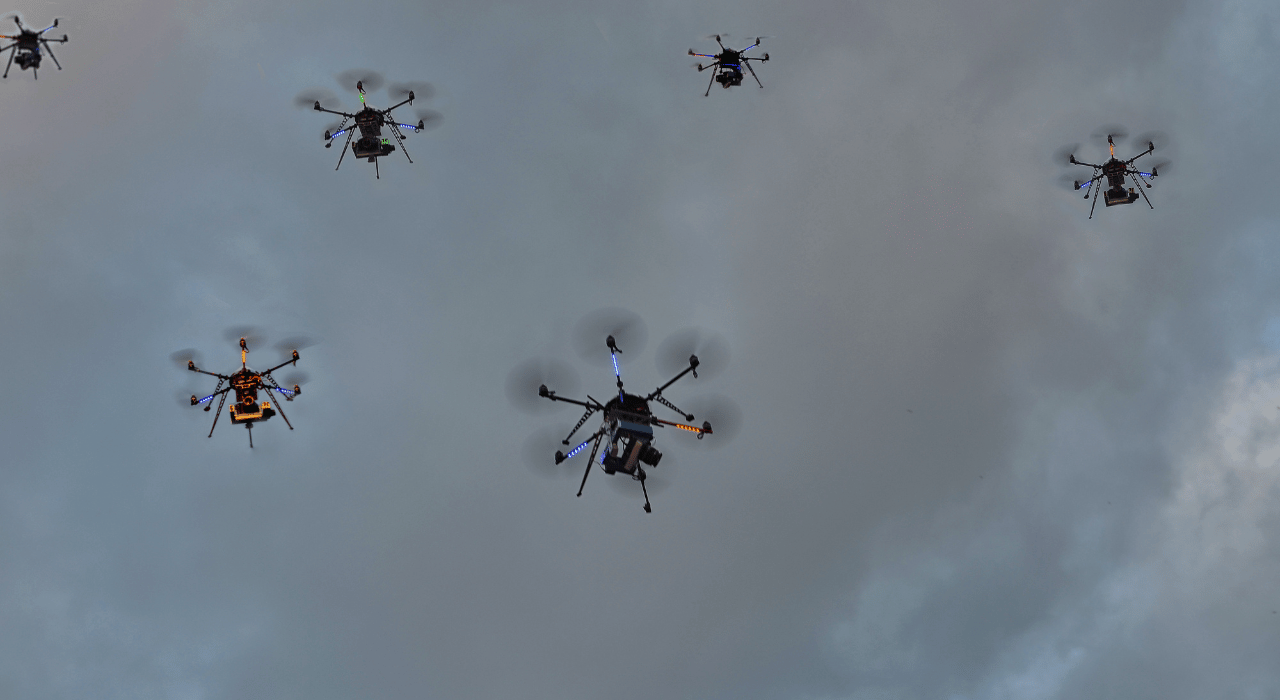
Swarming Tactics in AUDS
One potential future development in anti-drone technology is the use of swarming tactics. This involves deploying multiple counter-drone systems to effectively handle a swarm of drones, enhancing the capability to neutralize multiple simultaneous threats.
Evolving Drone and Anti-Drone Technologies
As drone technology continues to evolve, becoming lighter, smaller, and more complex, anti-drone technology, including AUDS, will need to adapt and evolve simultaneously. This constant technological progression is similar to the dynamic between virus and antivirus software.
Electronic-Based Anti-Drone Systems
Electronic-based anti-drone systems are expected to hold a significant share of the anti-drone market. These systems, which use electronic signals to detect, track, and neutralize drones, are likely to see further advancements and increased adoption.
Advanced Detection and Mitigation Technologies
The future of AUDS will also see the development of more advanced detection and mitigation technologies. These could include more sophisticated radar systems, AI-powered threat analysis, and innovative neutralization methods.
These trends indicate a future where AUDS will become even more integral to security and defense strategies, with ongoing advancements enhancing their effectiveness against an evolving array of drone threats.
Conclusion
Anti-UAV Defence Systems (AUDS) are a critical component of modern security and defense strategies. They provide a robust solution to the growing threat posed by unmanned aerial vehicles (UAVs), capable of detecting, tracking, identifying, and neutralizing these potential threats. AUDS come in various forms, including portable systems, fixed installations, and vehicle-mounted systems, each designed to suit different operational needs and environments.
Despite some challenges and limitations, such as dealing with multiple simultaneous threats or operating in adverse weather conditions, ongoing advancements in technology are continually enhancing the performance of AUDS. The future of AUDS is set to be shaped by several emerging trends and developments, including the use of swarming tactics, the evolution of drone and anti-drone technologies, the rise of electronic-based anti-drone systems, and the development of advanced detection and mitigation technologies.
Understanding and staying informed about AUDS technology is crucial in today’s world. As UAVs become increasingly common, the importance of effective countermeasures grows. AUDS technology plays a vital role in maintaining security and safety, making it an essential area of knowledge for anyone interested in modern defense technology.
Additional Resources
List of sources and additional resources for those who want to learn more about AUDS.
- Drone Defense Technology – GeoEd’21: This pre-conference workshop explores the need for counter-drone technology and the types of systems, including AUDS.
- Anti-UAV Defence System (AUDS) – Homelandsecurity Technology: This resource provides an overview of AUDS and its use by military, government, and homeland security forces.
- A Comprehensive Approach to Countering Unmanned Aircraft Systems: This technical manual covers all aspects of countering the full spectrum of unmanned aircraft and their respective system components.
- COUNTER-DRONE SYSTEMS: This report by the Center for the Study of the Drone at Bard College provides an interdisciplinary examination of the novel and complex opportunities and challenges presented by drones and counter-drone systems.
